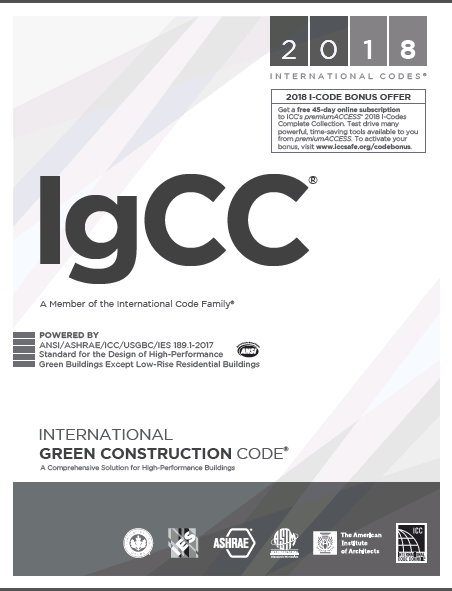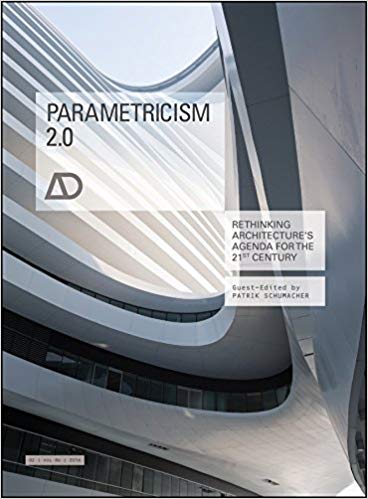For courses in architectural drafting and design, and electrical and mechanical systems design.
Complete guide to designing modern mechanical and electrical systems
Mechanical and Electrical Systems in Buildings illuminates the modern realities of planning and constructing buildings with efficient, sustainable mechanical and electrical systems. This complete guide serves as a text and a reference for students and professionals interested in an interactive, multidisciplinary approach to the building process, which is necessary for sustainable design. Responding to continual advancements in the field, the 6th edition incorporates new developments in all its major disciplines, including electrical, lighting, telecommunications, plumbing, and HVAC.
چکیده فارسی
برای دورههای طراحی و طراحی معماری، و طراحی سیستمهای الکتریکی و مکانیکی.
راهنمای کامل طراحی سیستم های مکانیکی و الکتریکی مدرن
سیستم های مکانیکی و الکتریکی در ساختمان ها واقعیت های مدرن برنامه ریزی و ساخت ساختمان ها را با سیستم های مکانیکی و الکتریکی کارآمد، پایدار روشن می کند. این راهنمای کامل به عنوان یک متن و مرجع برای دانشجویان و متخصصان علاقه مند به رویکرد تعاملی و چند رشته ای به فرآیند ساختمان است که برای طراحی پایدار ضروری است. در پاسخ به پیشرفتهای مستمر در این زمینه، ویرایش ششم پیشرفتهای جدیدی را در همه رشتههای اصلی خود، از جمله برق، روشنایی، مخابرات، لولهکشی، و تهویه مطبوع، ترکیب میکند.
ادامه ...
بستن ...
Ebook details:
عنوان: Mechanical and Electrical Systems in Buildings (6th Edition) (What's New in Trades & Technology)
نویسنده: Richard R. Janis, William K. Y. Tao
ناشر: Pearson; 6 edition (February 10, 2018)
زبان: English
شابک: 0134701186, 978-01347011899780134701608, 0134701607
حجم: 97 Mb
فرمت: Epub + Converted pdf
ادامه ...
بستن ...
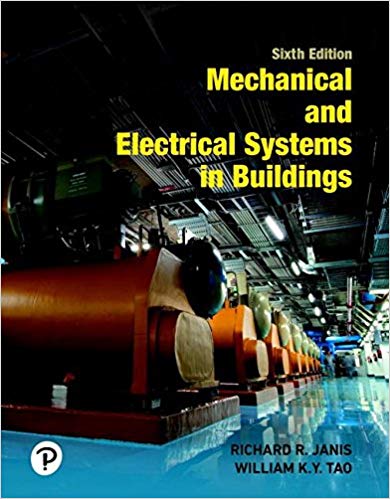
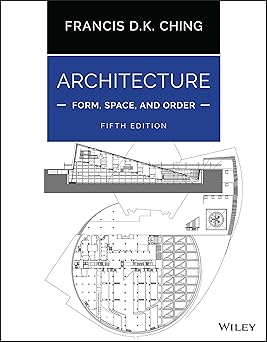
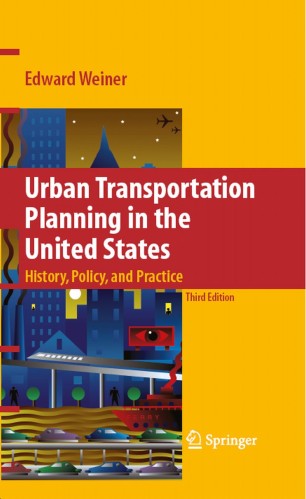

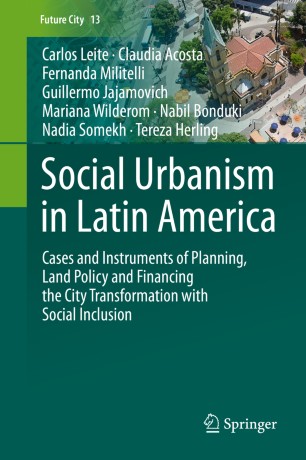


__5dbeed6e9fb06.jpg)

